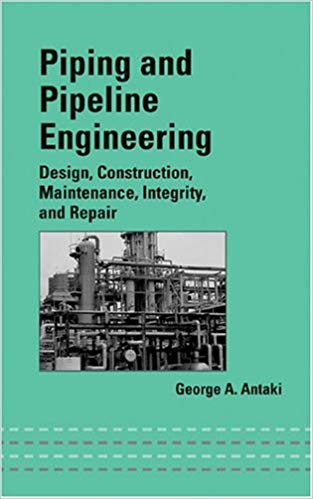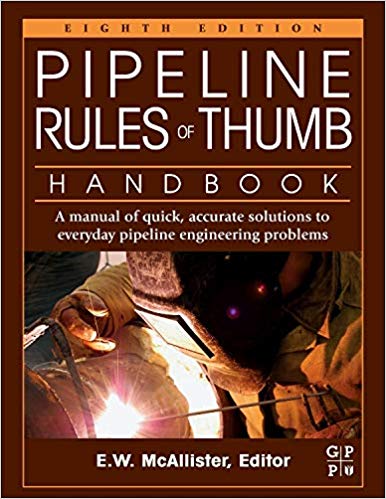Firefighting
Ian Sutton, in Plant Design and Operations (Second Edition), 2017
Firewater Systems generally has four main sections:
- 1.
- A supply of firewater. This can come from storage tanks, a firewater lagoon, or a natural body of water such as the sea or a lake or river.
- 2.
- A pumping system that provides a sufficient flow of water to extinguish the fire.
- 3.
- A header network of pipes, often in the form of a ring main that transfers the water from the pumps to the fire.
- 4.
- Hydrants, nozzles, sprinklers, or other local devices for directing the firewater to the location of the emergency.
- •
- The facility is divided into zones. If a fire starts in a particular area, water will flow through the nozzles that protect that area.
- •
- If a fire occurs in one of the zones, a fusible link will fail, causing the pressure control deluge valve (PCDV) to open and the main firewater pumps to start. Water will flow out of the sprinkler heads in that zone only. The PCDV can also be tripped manually.
- •
- Individual sections can be isolated for maintenance. However, the isolation of one zone should not lead to the isolation of other parts of the system. For example, if Zone 2 in Fig. 12.1 has to be isolated, then Valves A and B will be closed. However, Valve C remains open so that firewater remains available to Zone 3.
- •
- The only exception to this policy of having two routes to a zone is with regard to noncritical areas such as the fire training grounds. Such areas can be isolated with a single valve.
- •
- There are two firefighting pumps, each with 100% capacity. If one is down for maintenance, the facility still has full firefighting capability.
- •
- Pressure is maintained in the header through use of a jockey pump. If the pressure in the header falls—indicating that the firewater is being used somewhere —the main pumps turn on. In some facilities, the jockey pump is primed with cooling water.
- •
- If freshwater is used, the main header will generally be liquid full. If it was dry, it would take a long time to fill it—something that would delay the emergency response. However, if seawater is used as the firefighting medium, the headers will normally be dry because they would otherwise be subject to corrosion. If during an emergency a normally freshwater-filled system has to be replenished with more corrosive water (such as seawater), the system can still be considered a freshwater system, assuming that prompt flushing takes place after emergency use to replace the corrosive water in the system.
- •
- The sprinkler systems downstream of their own block valves are generally dry. It will not take long to fill them and having water permanently present could lead to leaks and corrosion.
- •
- Fig.1 shows the location of a “Critical Equipment Item.” This means that a high level of fire protection should be applied to that area, either because it is of high value or because a release could cause a major safety problem, maybe by making the fire worse. This area, therefore, is protected from both Zones 4 and 5. Consequently, were one of those zones to be out of service for any reason, the critical equipment would still be protected.
- •
- Once the fire has been brought under control the system is reset. If seawater is used, then it is important to flush the zone headers and deluge nozzles with freshwater, otherwise corrotion products will build up.
Problems with firewater systems can be overlooked for the following reasons:
- •
- The system is rarely tested at full capacity so it is possible that it will not work as it should during an emergency. (There are less likely to be problems with hoses, hydrants, and monitors because these items are used on a more regular basis and can be tested more readily.)
- •
- The firewater pumps are usually located remotely hence they may not be checked as regularly as process equipment.
- •
- For onshore facilities, the firewater header is frequently located underground, thus protecting it from an explosion and vehicle impact. However, putting the header underground can create an “out of sight, out of mind” problem—buried systems may not be inspected and checked as thoroughly as those above ground, hence any problems are not easily seen during the routine external inspections discussed in Chapter 11, Inspection.
They may also be more subject to external corrosion than if they were above ground. A compromise is to place the header in a below-grade trench. Doing so protects it from explosions but also allows for easy access for inspection and maintenance. This option may also reduce the cost of installation.
8:20:00 AM | 0
comments

















